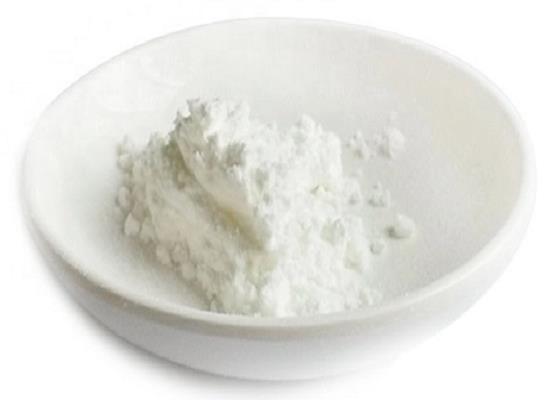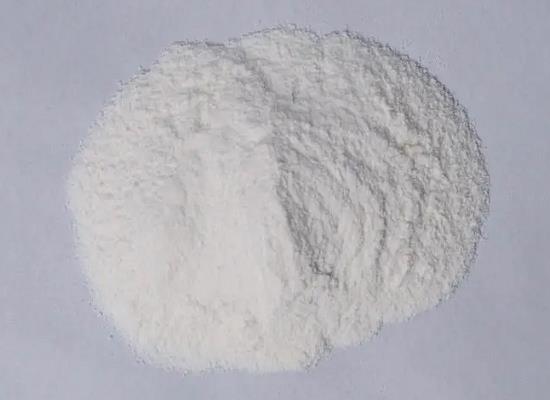Active Pharmaceutical Ingredients (API), popularly speaking, are the raw materials of medicines, only pharmaceutical raw materials are processed into pharmaceutical preparations , can they become medicines available for clinical use, so drugs we usually eat are the finished drugs through processing. Active Pharmaceutical Ingredients based on its sources can be divided into two major categories ,including chemical synthetic drugs and natural chemical drugs. Chemical synthetic drugs can be divided into organic synthetic drugs and inorganic synthetic drugs. Inorganic synthetic drugs are inorganic compounds ( very few is element), such as aluminum hydroxide, magnesium trisilicate which are used for the treatment of gastric and duodenal ulcers ; organic synthetic drugs are mainly composed of drugs made by basic organic chemical raw materials, through a series of organic chemical reactions (such as aspirin, chloramphenicol, caffeine, etc.). Natural chemical drugs ,based on its sources,can be divided into two categories including biochemical drugs and plant chemical drugs. Antibiotics are generally made by the microbial fermentation, which belongs to the biochemistry category. A variety of semi-synthetic antibiotics occurs in recent years,which are biosynthesis and chemical synthesis combining products.Among active Pharmaceutical Ingredients, the organic synthetic drugs varieties, yields and values have the largest proportion,which are the main pillars of the chemical and pharmaceutical industries. The quality of active Pharmaceutical Ingredients decides whether the formulation is good or bad , so its quality standards are very strict ,countries in the world have developed national pharmacopoeia standards and strict quality control methods for its widely used active Pharmaceutical ingredients.
Bronopol: Antifungal Activities and its Detection Method
Bronopol has low mammalian toxicity, and shows moderate antifungal activity. LC-MS/MS method ensures accurate detection of bronopol in aquaculture products.
Nov 6,2024 APICalcitonin Salmon: Overview, Physiology and Pharmacology
Calcitonin salmon treats metabolic bone diseases effectively worldwide. Its mechanisms impact bone resorption and formation, making it valuable despite physiological uncertainties.
Nov 6,2024 APITris(hydroxymethyl)aminomethane: Applications in Skincare Products and Side Effects
Tris(hydroxymethyl)aminomethane, used in skincare and medicine, can cause serious side effects including allergies, low blood sugar, high potassium levels, and tissue damage.
Nov 6,2024 APIVerteporfin: A Versatile Compound in Medical Chemistry
Discovered in the late 20th century, Verteporfin emerged from a series of synthetic porphyrin derivatives designed for photo-activated applications.
Nov 6,2024 APIVinyl Q Resin: Overview, Properties and Benefits
Vinyl Q Resin provides exceptional adhesive properties, chemical stability, and resistance to environmental factors, making it valuable across various industries.
Nov 6,2024 APINeomycin Sulfate: Overview, Pharmacokinetics and Mechanism of Action
Neomycin sulfate, a potent aminoglycoside antibiotic, inhibits bacterial protein synthesis, effective against various infections but requires caution due to resistance and side effects.
Nov 5,2024 APIImidazole: A Versatile Molecule in Chemistry
Imidazole is a significant compound in the field of chemistry, known for its wide range of applications and unique properties.
Nov 5,2024 APIChlorhexidine Gluconate: A Comprehensive Overview for Chemistry Professionals
Chlorhexidine gluconate (CHG) is a powerful antimicrobial agent known for its broad-spectrum activity against bacteria, fungi, and viruses.
Nov 5,2024 APITestosterone Propionate: Dual Impact on Bone Marrow Mesenchymal Stem Cells and Anti-Cancer Potential
Testosterone propionate enhances BM-MSCs' proliferation and viability, while also reducing leukemia cell viability, through inflammatory signaling modulation, promising in cancer therapy.
Nov 4,2024 APISildenafil Citrate: A Revolutionary Approach in the Pharmaceutical World
Sildenafil citrate (Viagra?, Pfizer) is a selective inhibitor of cGMP-specific phosphodiesterase type 5 (PDE5), a PDE isozyme found in high concentration within the corpus cavernosum.
Nov 4,2024 API












